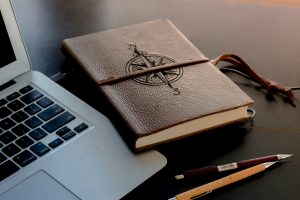
Sustainability ABC
Welcome to “The Dictionary of Sustainability”. Here, we explore the […]

One of the ways we can take to build a more sustainable future is the development of a circular economy. A circular economy is defined as “an economic system of closed loops in which raw materials, components and products lose their value as little as possible, renewable energy sources are used and systems thinking is at the core”.
As a high-quality material that gets better with time, genuine leather is particularly well suited to enter such an economic model and represents another way in which this natural material demonstrates its sustainability.
THE STUDY
The Ellen MacArthur Foundation was created to accelerate the transition to a circular economy. One of her case studies highlights Better World Fashion, an innovative company determined to make the notoriously disposable fashion world more sustainable. Better World Fashion has identified leather apparel as an ideal candidate for their innovative business model, which goes beyond just recycling materials.
Gathering used leather from all over Denmark, Better World Fashion repairs or entirely remakes the material into new garments, which it sells at prices similar to those of new garments. The company can do this thanks to the unique patina of the leather which, instead of deteriorating as most other materials do, adds value over time.
Owners of new jackets have an incentive to recycle them once more when they want a new garment. The durability of leather means that its useful life can be extremely long, but even when it can no longer be sold as a jacket, it can be repurposed into smaller items like gloves or wallets…and so on!
Few other materials can deliver long-term value in this way, which is why leather continues to be the material of choice, not just in the fashion industry but in the automotive industry as well.
We are on the side of a circular and sustainable future. Discover our line of enzyme-based products.
